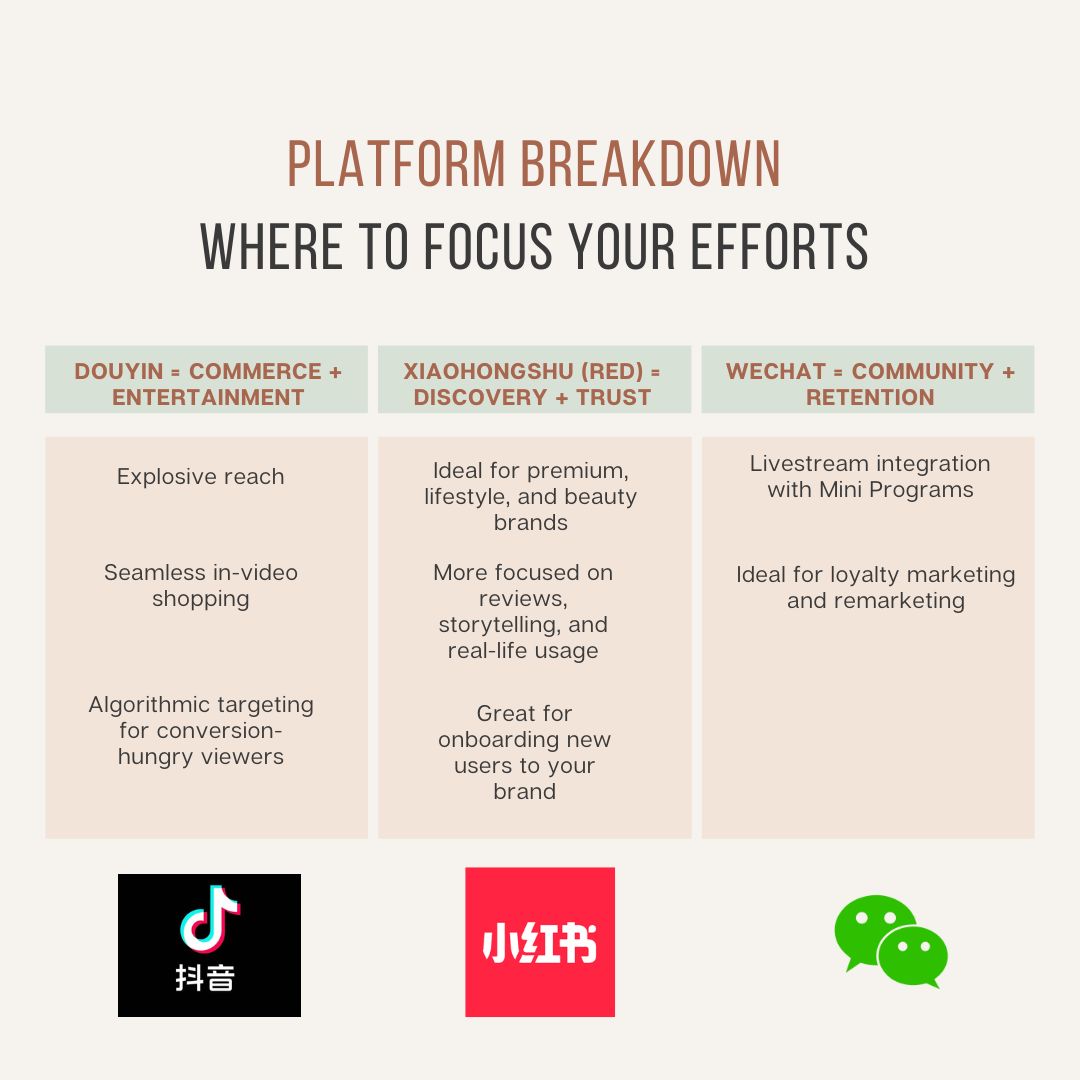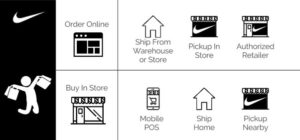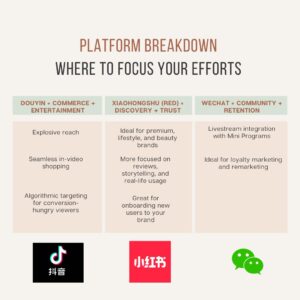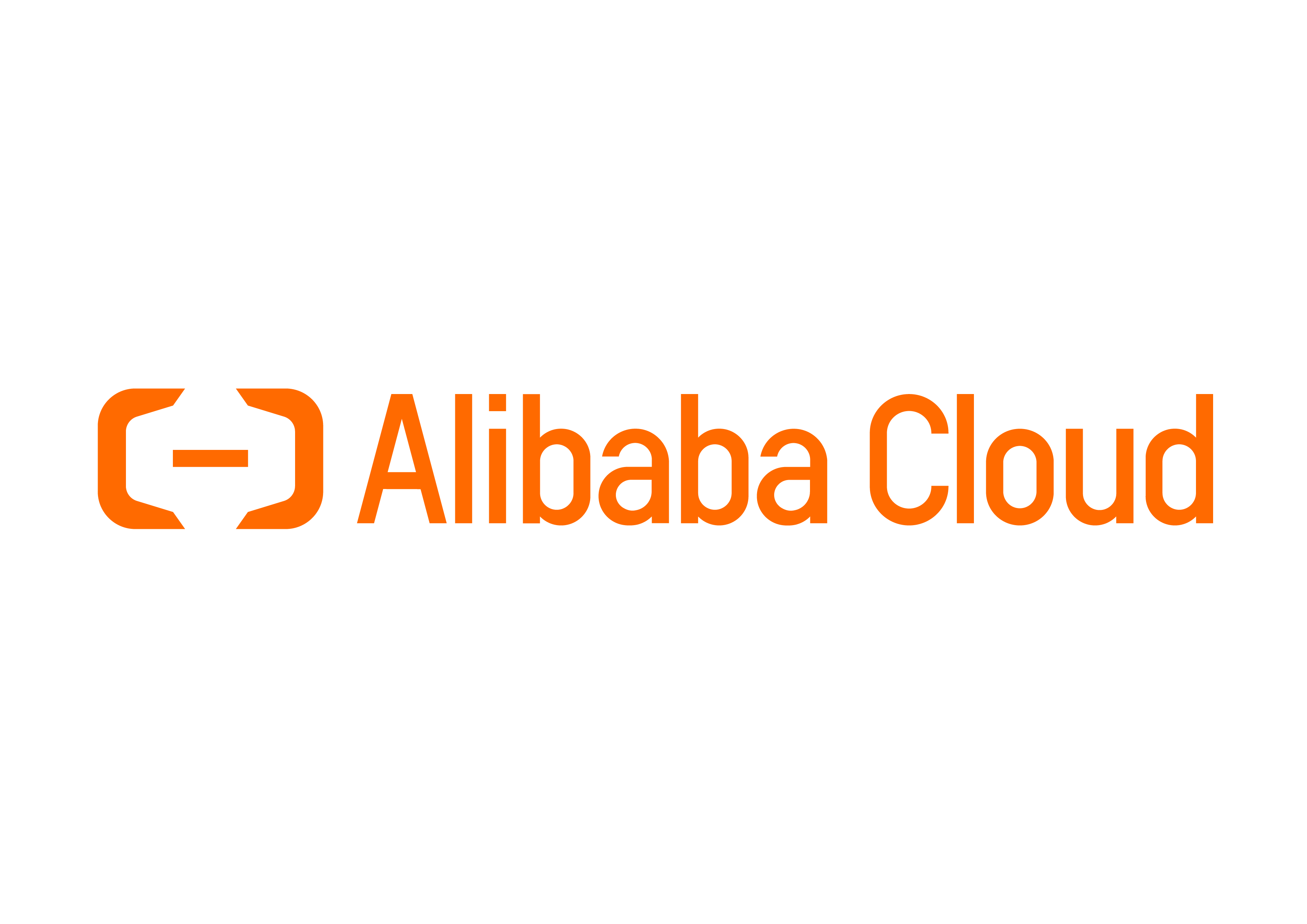Influencer Marketing & Livestreaming: The Power Duo Driving Conversions
Let’s get one thing straight: no one does influencer marketing and livestreaming quite like China.
There’s something electric about how content creators sell in China. It’s not passive, it’s not subtle—it’s a high-speed, high-stakes blend of entertainment, persuasion, and commerce. And when a livestream takes off on Douyin or Xiaohongshu, it’s not just going viral—it’s clearing inventory in minutes.
Brands that think of influencers as “brand awareness” tools are missing the real point. In China, influencers are conversion machines—and livestreaming is their turbocharger.
Let’s unpack how the influencer-livestream combo became China’s most powerful marketing engine—and what global brands can learn from it.
KOLs, KOCs, and the Shift in Influence
Big Names Still Matter—But They’re Not Everything
Key Opinion Leaders (KOLs) like Austin Li and Viya have made headlines for selling millions of dollars worth of products in a single livestream. But these days, even they are adjusting to a landscape where authenticity and relatability outperform star power.
Enter the KOC Era
KOCs, or Key Opinion Consumers, are real people with smaller, tighter-knit followings who consumers see as trustworthy. They’re:
- Less expensive to work with
- Better at driving engagement in niche segments
- More flexible for long-term brand storytelling
Brands like Perfect Diary built billion-dollar success by collaborating with thousands of micro-influencers instead of relying on a few mega KOLs. Here are a few more examples:
Case Study: iS Clinical’s Soft Launch Success Through KOC Marketing

When entering the Chinese market, iS Clinical, a luxury skincare brand, opted for a soft launch strategy by collaborating with Key Opinion Consumers (KOCs). Instead of engaging high-profile influencers, iS Clinical partnered with everyday consumers who had modest but highly engaged followings. These KOCs shared authentic reviews and personal experiences with iS Clinical products on platforms like Xiaohongshu (Little Red Book). This approach resonated with Chinese consumers, who often rely on peer recommendations. As a result, iS Clinical cultivated a loyal customer base and established a trustworthy brand image in a competitive market.
Why Livestreaming Works So Well in China
Real-Time, Real Urgency
Livestreams don’t just showcase products—they create events. There’s real-time Q&A, product demos, flash discounts, giveaways. Viewers feel like they’re part of something exclusive.
On Singles Day 2024, Xiaohongshu saw a remarkable increase in live-streaming rooms with sales exceeding 1 million yuan, reaching 8.5 times last year’s numbers.
It’s Not Just About Sales—It’s About Trust
Chinese consumers are skeptical of polished ads. But a product shown live, explained by a creator they follow, tested in real time? That builds confidence.
- Livestreaming removes friction from the buyer journey
- Reduces return rates (because buyers know what to expect)
- Builds long-term trust between brand and audience
Livestreams on Douyin, Taobao Live, and Xiaohongshu routinely outperform static ads or traditional influencer posts in both engagement and conversion.
Platform Breakdown: Where to Focus Your Efforts

Each platform plays a different role in the funnel—smart brands are integrating across all three.
How Global Brands Are Getting It Right
Case Study: Hermès’ Strategic Investment in Xiaohongshu Influencers

In the first half of 2024, luxury brand Hermès invested approximately 16.7 million yuan in influencer marketing on Xiaohongshu (RED). This substantial expenditure underscores the platform’s significance in reaching affluent, urban Chinese consumers who are less price-sensitive and highly engaged with luxury content. By collaborating with influencers who embody the brand’s image, Hermès effectively enhanced its visibility and appeal within this niche market.
Case Study: Procter & Gamble’s Douyin-Centric Campaigns

Facing a sales decline in China, Procter & Gamble (P&G) intensified its focus on Douyin (China’s TikTok) to rejuvenate its market presence. The company collaborated with popular influencers such as Ni Bi Yi and Chou Dan to promote products like Pantene shampoo. These influencers highlighted the product’s benefits through engaging content, leading to increased online market share and a reversal of the sales slump. P&G’s strategic use of Douyin’s influencer ecosystem exemplifies how brands can leverage platform-specific content to drive consumer engagement and sales.

Final Thoughts – Influence + Interactivity = Growth
If you’re marketing in China and you’re not using influencers and livestreams as your core sales tools, you’re not just leaving money on the table—you’re skipping the table entirely.
This is not a trend. It’s a new normal.
Brands that treat influencers as extensions of their sales team and livestreaming as a permanent fixture of their digital storefront will win—and win big.





















